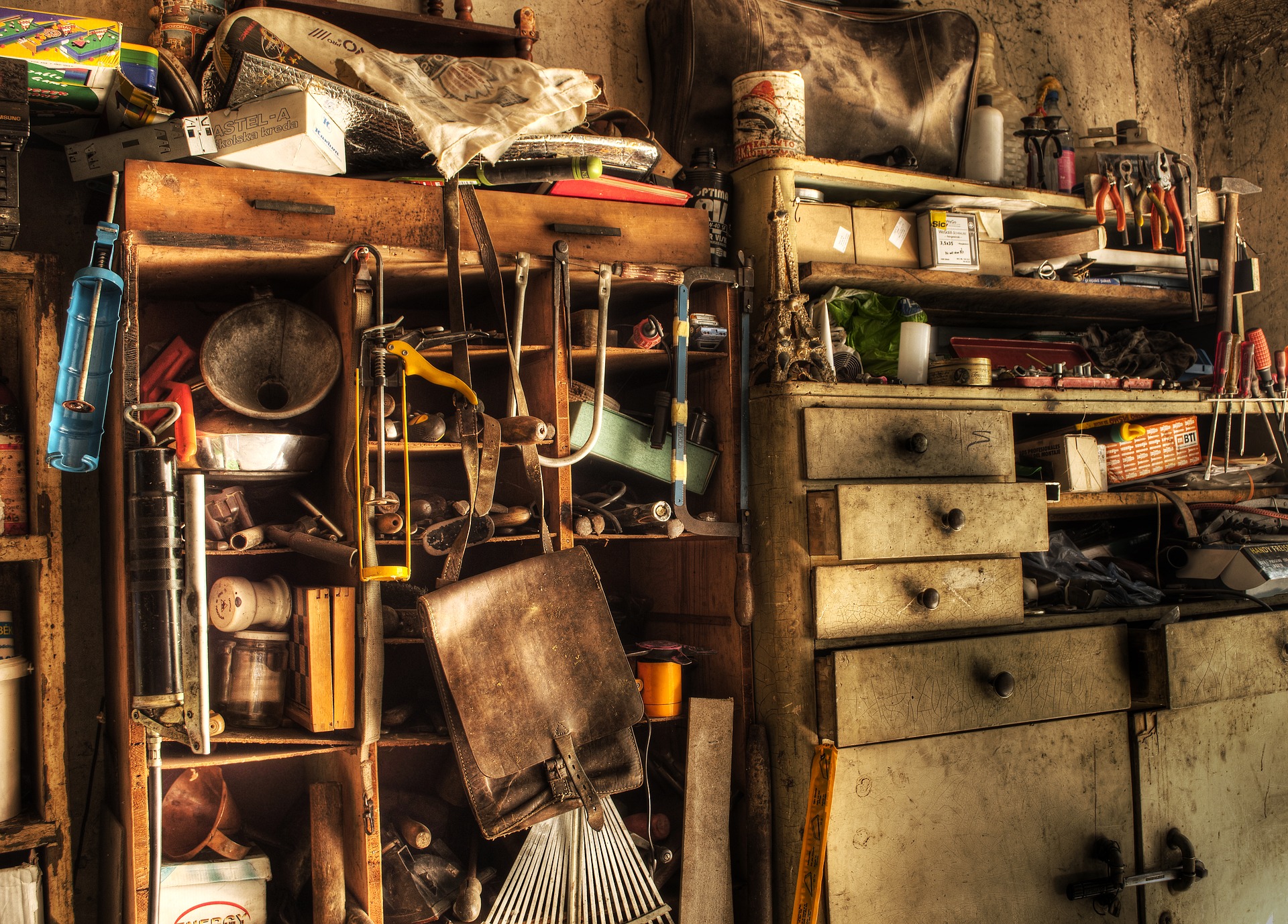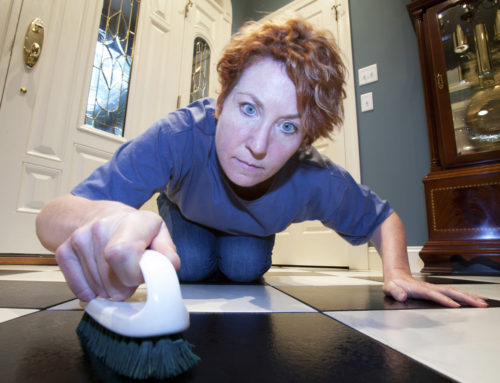When we think of hoarding, we picture a home overcrowded and overflowing with junk, a house filled to the ceiling with items that should be thrown away. Hoarding makes the news and is even the subject of several media shows, such as Hoarders. But is compulsive hoarding part of Obsessive-Compulsive Disorder (OCD)? The short, but unfulfilling answer is yes, it can be. In fact, hoarding is an extremely complex disorder that can arise out of OCD, but often exists on its own. Obsessive-Compulsive Disorder is one of the anxiety disorders[1], but hoarding isn’t always a sign of OCD. Let’s look a little more closely at how hoarding fits—and doesn’t fit—an OCD profile.
First, hoarding isn’t a case of severe clutter alone. Clutter can be tamed and is not unsanitary or dangerous. Some people may call themselves “pack rats,” but in comparison to hoarding, it’s a mild quirk, not a disorder. Hoarding, however, can become a serious mental health issue, aptly named Hoarding Disorder[2], because it presents a severe and ongoing threat to a person’s well-being. It’s not rare. Hoarding affects around 1.5 percent of the US population, or about 5 million Americans. While most cases don’t rise to the level of tv-show awful, it’s still a serious condition.
To simplify the variance between OCD and hoarding, researchers have recommended hoarding be categorized into three types: pure hoarding, hoarding plus OCD (comorbid OCD), and OCD-based hoarding.
Signs and Symptoms of Hoarding Disorder Include:
- Extreme unease or severe anxiety at the thought of getting rid of something, even if it has neither sentimental value nor purpose
- Allowing trash or food remains to accumulate into unsanitary levels
- Dangerously cluttered living spaces, with some areas or rooms unlivable due to excessive items in the way.
- Owning multiple pets without caring for them, allowing one’s pets to live in unsanitary conditions
- Inability to discard items, no matter how trivial or useless
Complications Associated with Hoarding Disorder Include:
- Unsanitary living conditions can lead to illness
- High risk for falls
- High fire risk
- Becoming trapped in one’s living space
- Eviction
- Extreme social isolation
- Family conflicts and estrangement
- Eventual loss of living arrangements or homelessness
The reasons people become hoarders are complex. For some, items have such tremendous sentimental and emotional value to the hoarder, letting go of them is difficult. For other hoarders, being surrounded by items, no matter what they are, provides a sense of comfort. Most hoarders have significant feelings of abandonment, loss or rejection.
Hoarding disorder is treatable. A combination of psychotherapy, like Cognitive-Behavioral Therapy, along with medication, can alleviate the painful emotions that drive hoarding.
If you think a loved one is suffering for hoarding disorder, Damaris Aragon, ARNP, BC provides a full spectrum of mental health care to people in Spokane, Washington and surrounding areas. She focuses on providing personalized care that adheres to current evidence-based standards. For support, reach out to Damaris through her contact page or calling 509-342-6592.
[1] https://aragonmentalhealth.com/six-types-anxiety-disorder/
[2] https://psycnet.apa.org/record/2011-29424-008





